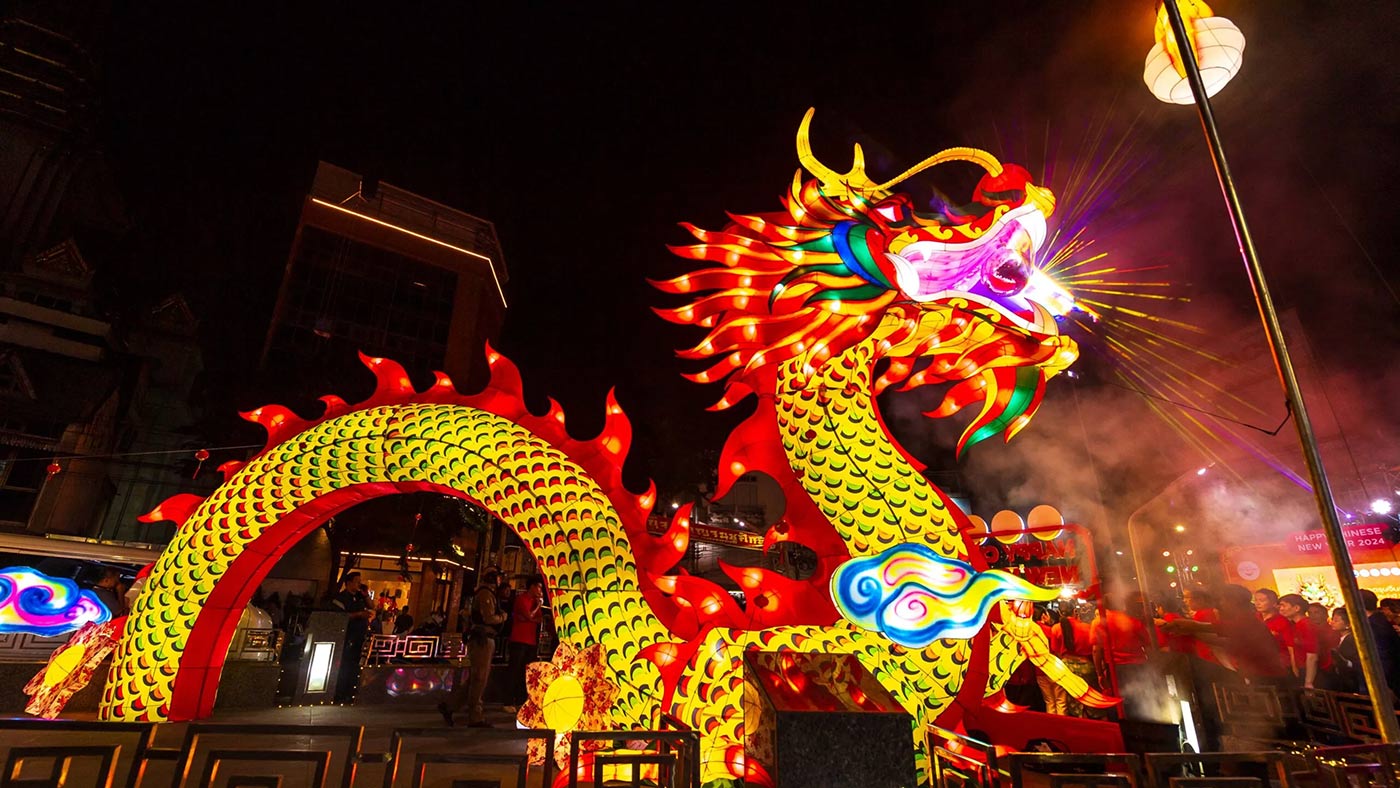Thailand is known as one of Asia’s most diverse melting pots of culture, with a rich tapestry of traditions and cultural celebrations unfolding throughout the year. Owing to the large Chinese population in the country, Chinese New Year (also known as Lunar New Year or the Spring Festival) is one of the most widely celebrated festivities in Thailand; weaving together centuries-old Chinese practices with distinct Thai traditions that result in a unique interpretation of this widely-celebrated event.
What is the Significance of Chinese New Year in Thailand?
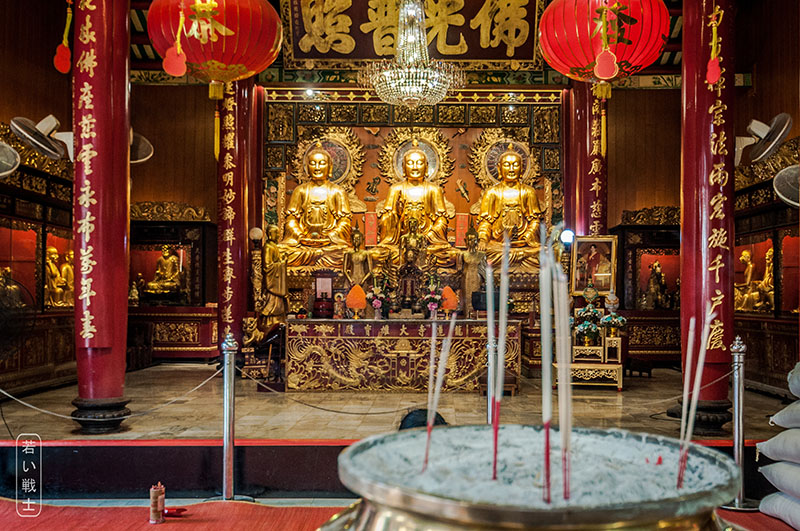
Cultural Fusion
More than just a joyous celebration marked by festive gatherings, family reunions, and parties, the Chinese New Year also significantly contributes to society’s cultural, economic, and spiritual aspects. The festival helps illustrate the harmony between Chinese and Thai cultures, allowing people from different backgrounds to come together and better understand Chinese traditions ingrained in their daily lives. It also enables Thai-Chinese individuals to connect to their roots, preserve ancient customs, and pass down rituals and stories to younger generations.
Socioeconomic Impact
Chinese New Year also brings a surge of economic activities, with businesses experiencing substantial increases in sales leading up to the day of the festival due to purchasing gifts, food, souvenirs, and decorations. Moreover, the festival attracts many local and international tourists, with people traveling across the country to visit families and participate in fairs, parades, and other cultural events.
Most importantly, this festival also holds vital spiritual importance to the community, with numerous Thai-Chinese households and visiting Chinese nationals going to temples and shrines to pay tribute to the deities and to offer prayers for good fortune and luck.
Highlights Symbolism and Traditions
Chinese New Year also symbolizes the welcoming of prosperity and renewal. Traditions like lion and dragon dances, gifting of Ang Pao, and displaying vibrant red decorations help convey wishes for good luck, wealth, and happiness in the coming year.
While it is not an official national holiday in Thailand, celebrations often last two to three days. During this time, it’s common to see the streets lined up with food carts, souvenir stalls, and red banners. Firework displays and performances from dancers and acrobats are also regularly held to entice onlookers and shoppers. Beautifully crafted Chinese paper lanterns are also hung outside the homes and buildings, creating a captivating sight of crimson lights dancing in the air.
When Is Chinese New Year Celebrated?
While it is an annual event, Chinese New Year falls on different dates each year, following the Chinese lunar calendar. In 2024, the festival falls on the 10th of February, commencing the start of the Year of the Wood Dragon. In Chinese culture, the dragon symbolizes honor, success, and intelligence, while wood represents creativity and energy.
Chinese New Year in Different Parts of Thailand
Different towns and cities across Thailand – particularly those with large Chinese communities – have various ways of celebrating the renowned festival. Here is a breakdown of how different parts of Thailand celebrate Chinese New Year, highlighting the four major destinations in the nation.
Bangkok
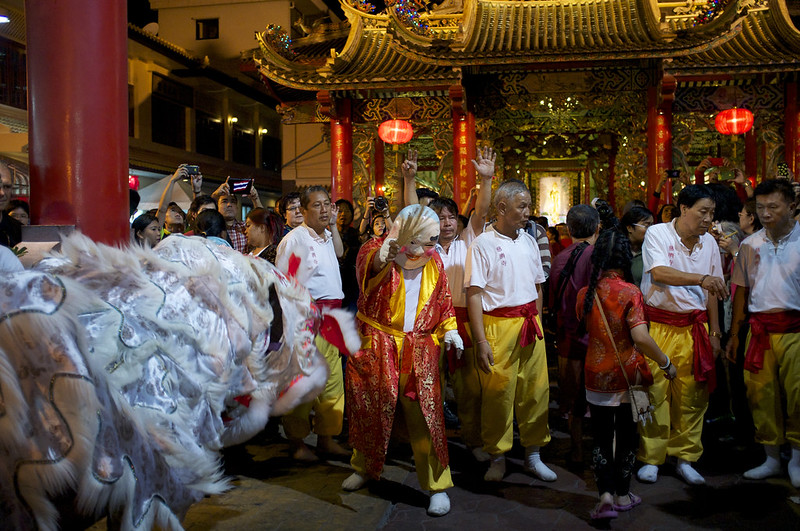
One of Thailand’s biggest Chinese New Year celebrations occurs in Yaowarat, the Chinatown of Bangkok. During this time, the roads are closed to vehicles to pave the way for people to hold food fairs, parades, traditional performances, and street parties.
For those looking to have fun but want to avoid the large crowds in Yaowarat, Talad Noi is a great alternative. The district also features a beautiful display of lantern-adorned houses and a series of lively festivities during Chinese New Year, albeit on a smaller scale than Yaowarat. Talad Noi is also home to Chow Sue Kong Shrine, the oldest Hokkien Chinese Shrine in the city.
On the other hand, people looking for a more laid-back and solemn celebration should visit Charoen Krung Street and head to the Wat Mangkon Kamalawat Temple and the Mang Nguan Ha Shrine to offer prayers.
Phuket
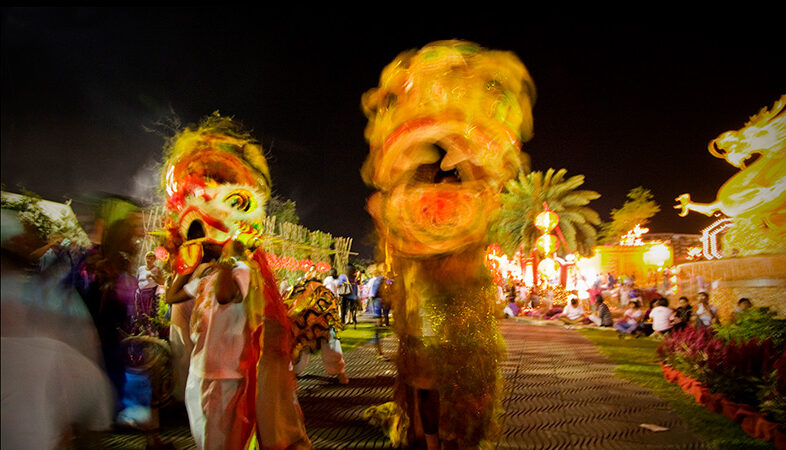
In true Phuket fashion, Chinese New Year celebrations on the island feature lively parties, colorful processions, cultural shows, and abundant street fairs and markets. Chinese New Year in Phuket commonly transpires alongside the Old Phuket Festival – a celebration of Phuket Old Town‘s unique architecture, culture, and local traditions. Some of the island’s best Chinese New Year celebrations are held around Thalang Road, Dibuk Road, and Phang Nga Road, where many Thai-Chinese communities lie. One of the must-see events in town is the Dragon Procession, which is considered the festival’s highlight.
Those in Phuket who want to offer prayers can visit the Jui Tui Shrine, Samkong Shrine, and Put Jaw, the oldest Chinese temple in Phuket. A visit to Phuket Thai Hua Museum is also a must, as it showcases the history of Hokkien Chinese migrants in Phuket.
Chiang Mai
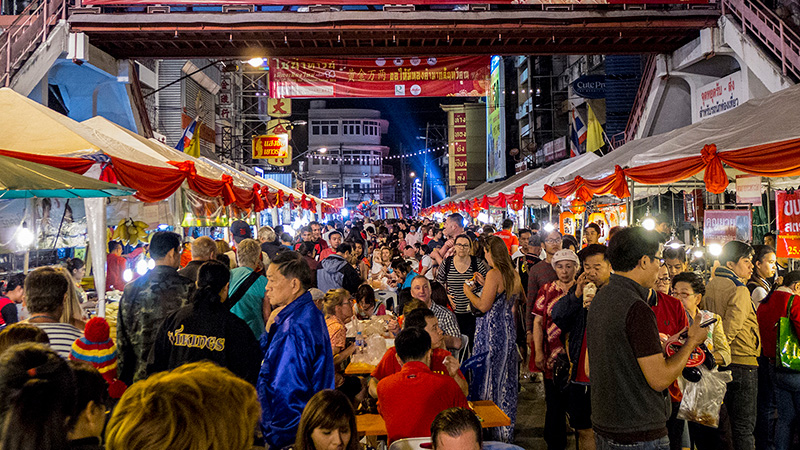
Chiang Mai has a large number of Chinese residents. Thus, Chinese New Year is widely celebrated in this northern city. The heart of Chinese New Year celebrations in Chiang Mai lies at Warorot Market, where the local Chinatown is located. On the morning of the festival, locals and visitors gather by the Tha Phae Gate, where the dragon and lion dance will kick off. The celebration will then continue, featuring cultural exhibitions and musical performances.
Beauty pageants, dances, and cultural shows are held at the Tha Phae Gate during the evening for the remainder of the celebrations. While in the area, visitors can also visit the Guan Yu Shrine and Pung Tao Gong Temple. Warorot Market is also lined with bustling shopping centers, so shopping is a must!
Koh Samui
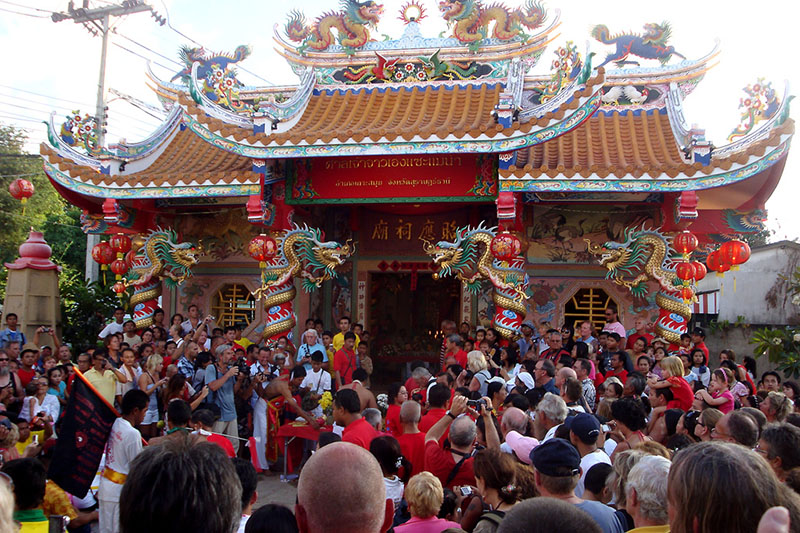
For those seeking a blend of tradition and relaxation to observe the Chinese New Year, Koh Samui emerges as the ideal destination. The northern beach town of Maenam, home to the Maenam Chinese Temple, stands out as the most popular area for celebrations. Festivities in Maenam encompass vibrant dragon and lion dances, bustling street markets, musical performances, and family-friendly beach parties.
In Hua Thanon, visitors will find a massive Guan Yu Shrine, where they can offer prayers as part of the Chinese New Year tradition. Meanwhile, the island’s capital, Nathon, hosts traditional events and provides a laidback setting for quiet celebrations.
Related Reading: 11 Must-Visit Temples in Thailand
–
Whether by joining parades in bustling city Chinatowns or offering prayers in quaint shrines in laidback beach towns, locals and tourists alike will find a Chinese New Year celebration that will suit their fancy and make the celebration memorable for the whole family. The diverse Chinese New Year celebrations across Thailand showcase the synergy between Chinese and Thai traditions, providing the perfect opportunity to immerse in the country’s unique culture while bringing together communities and fostering a sense of appreciation for diversity and authenticity.
–
Featured Image: Tourism Authority of Thailand


